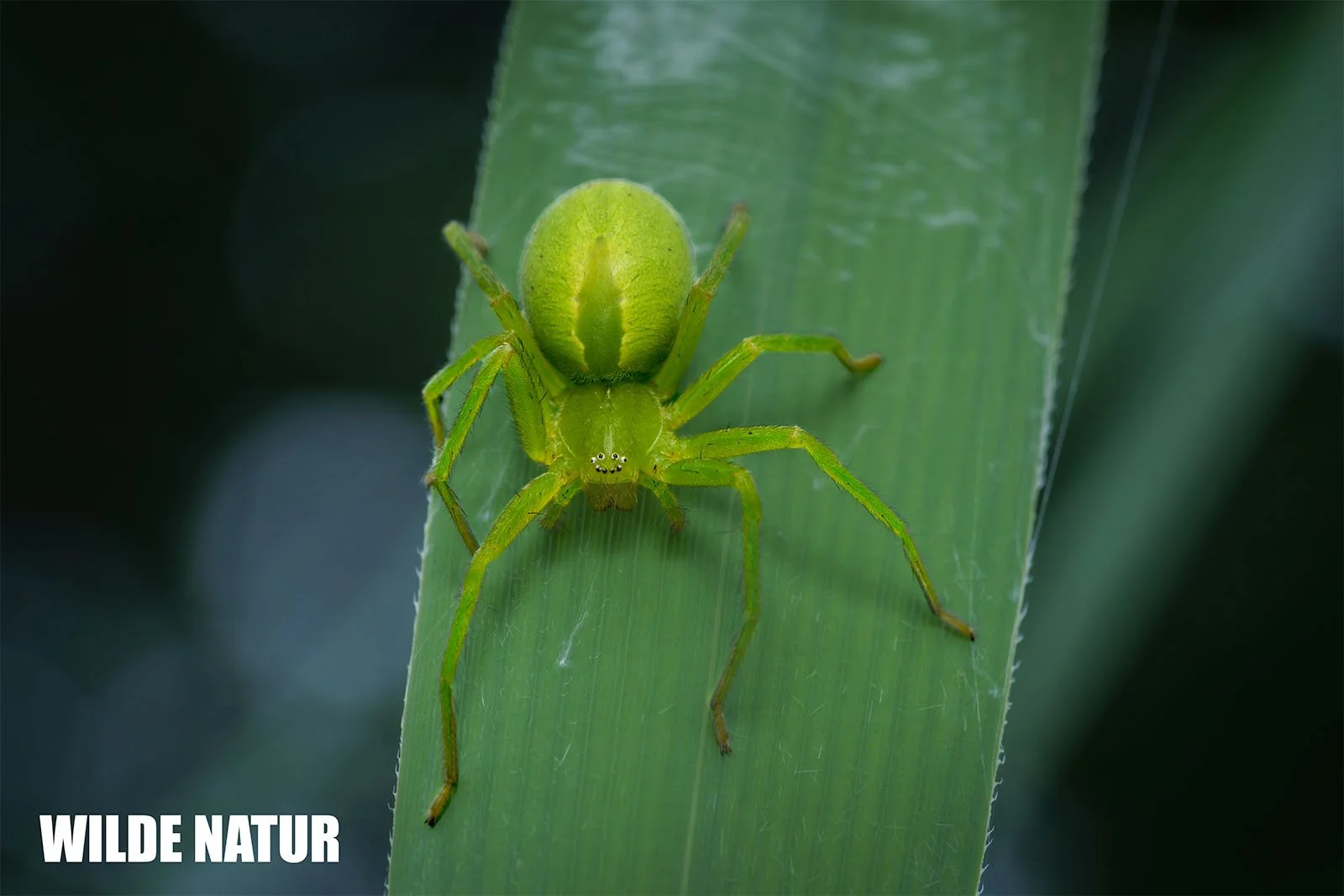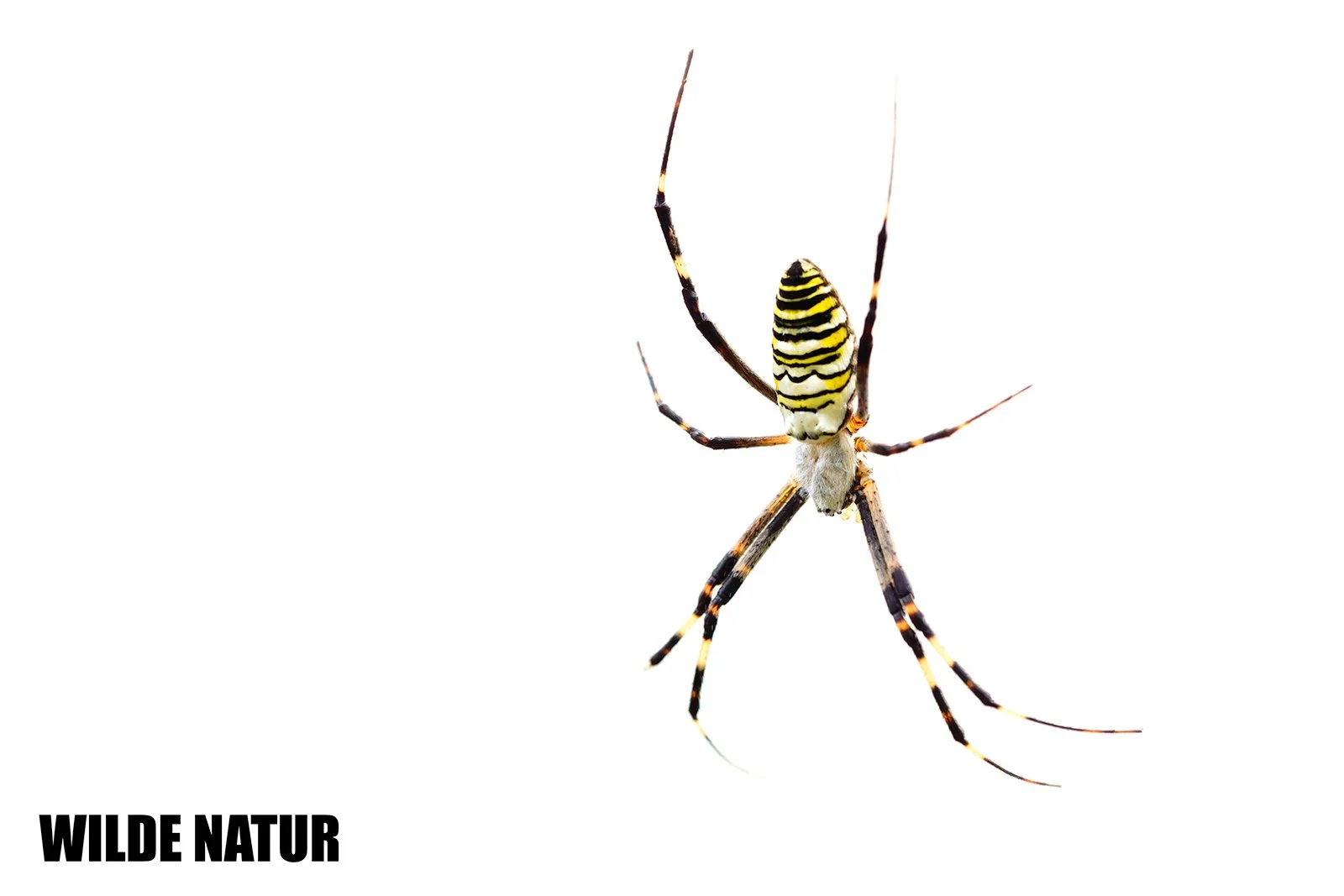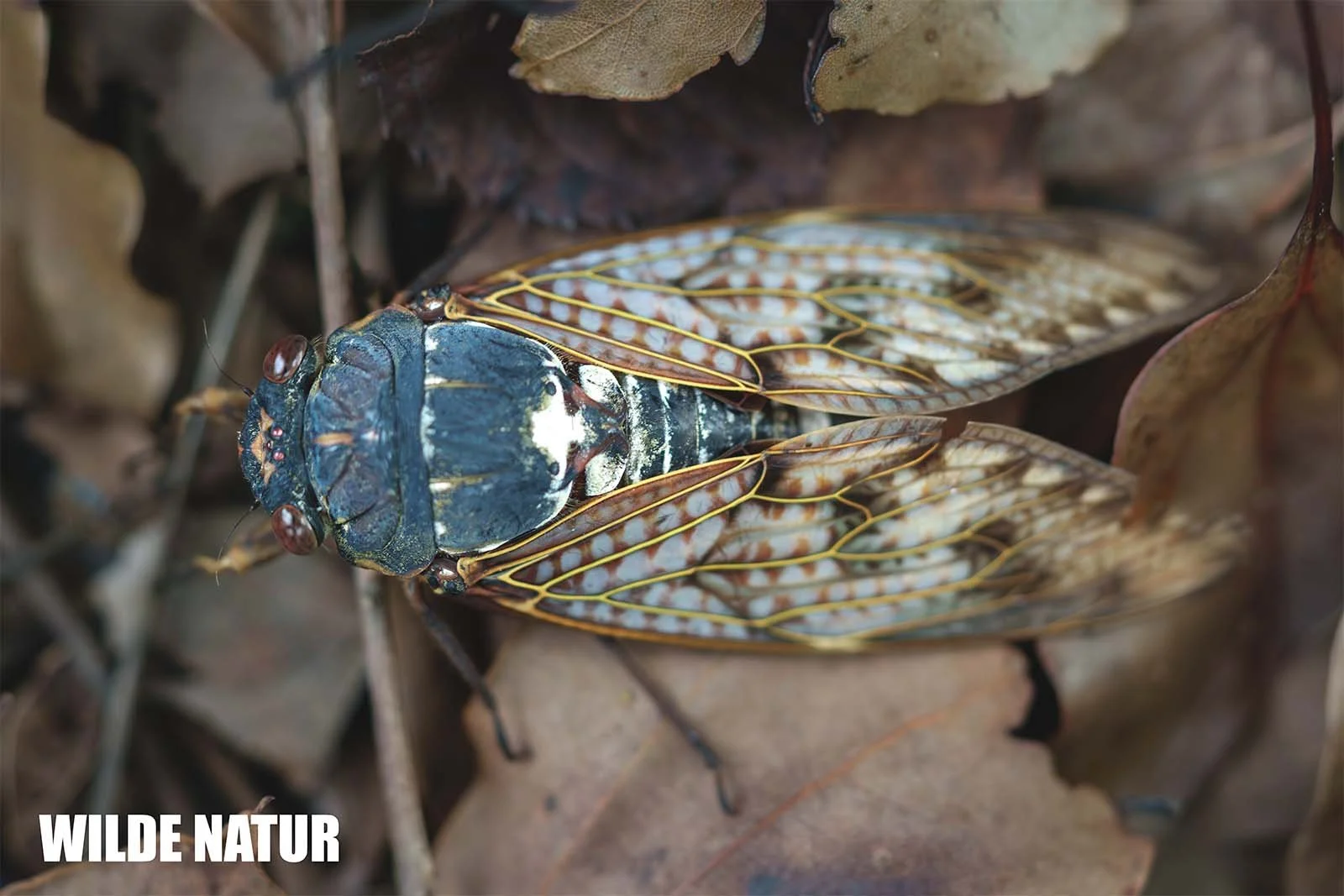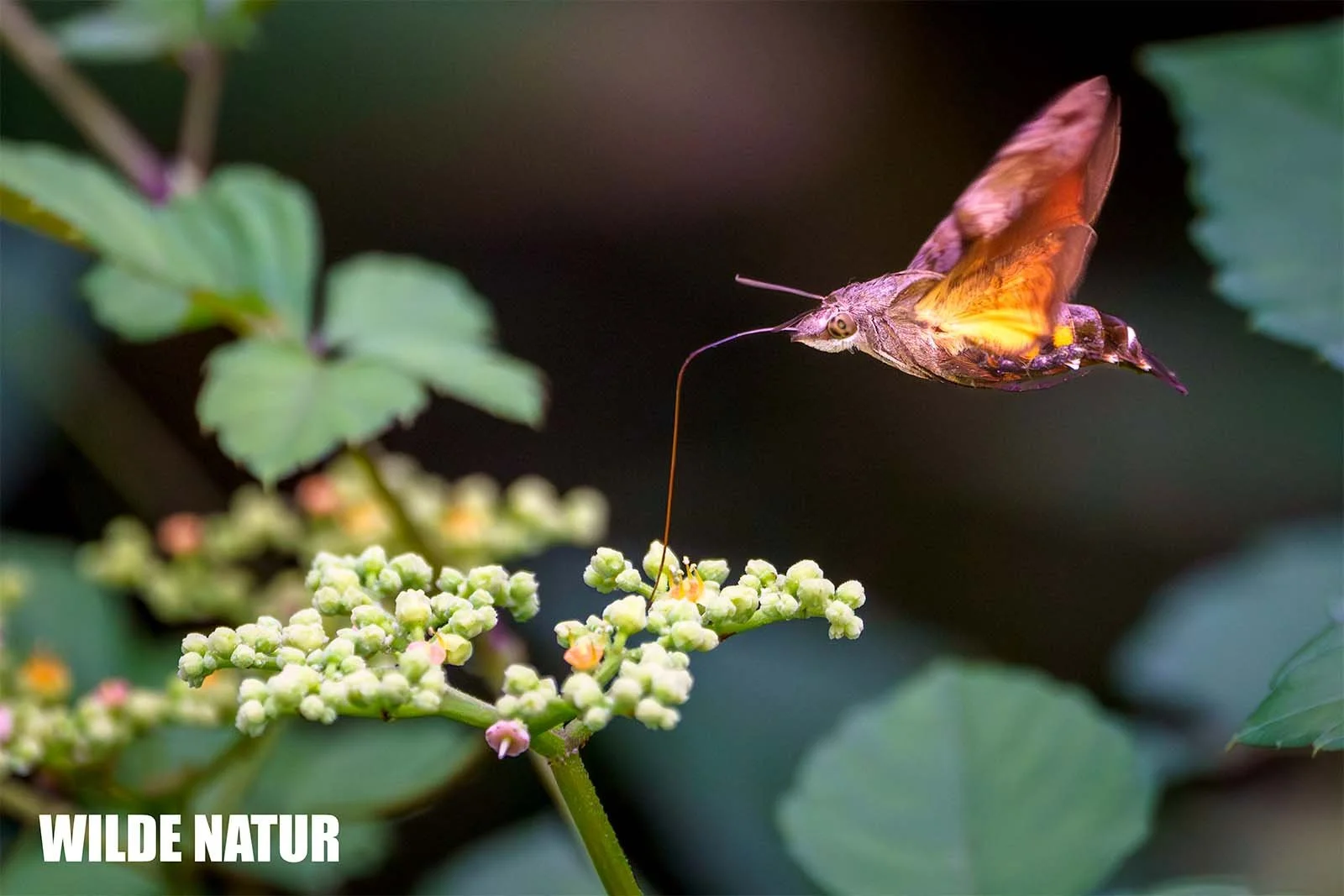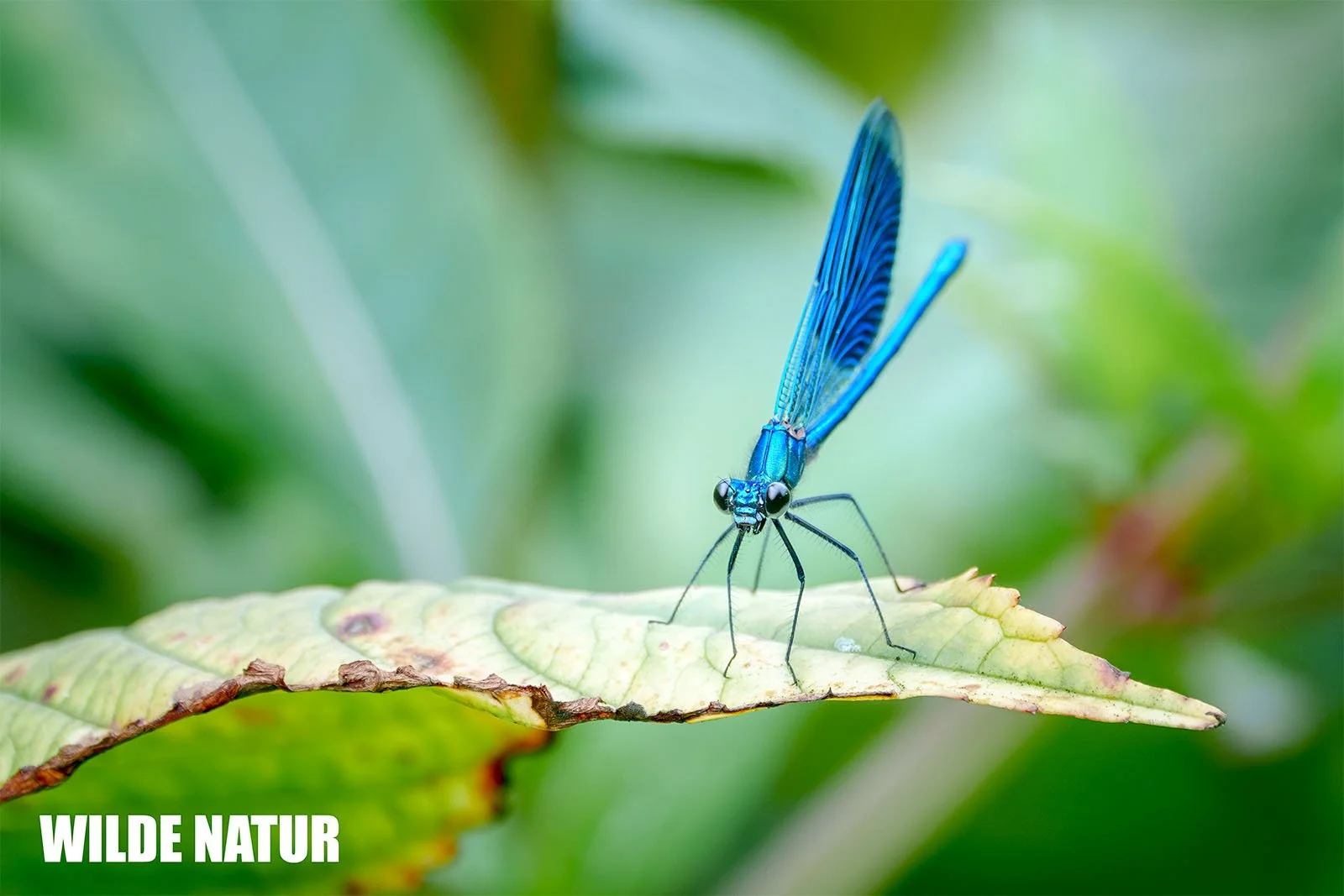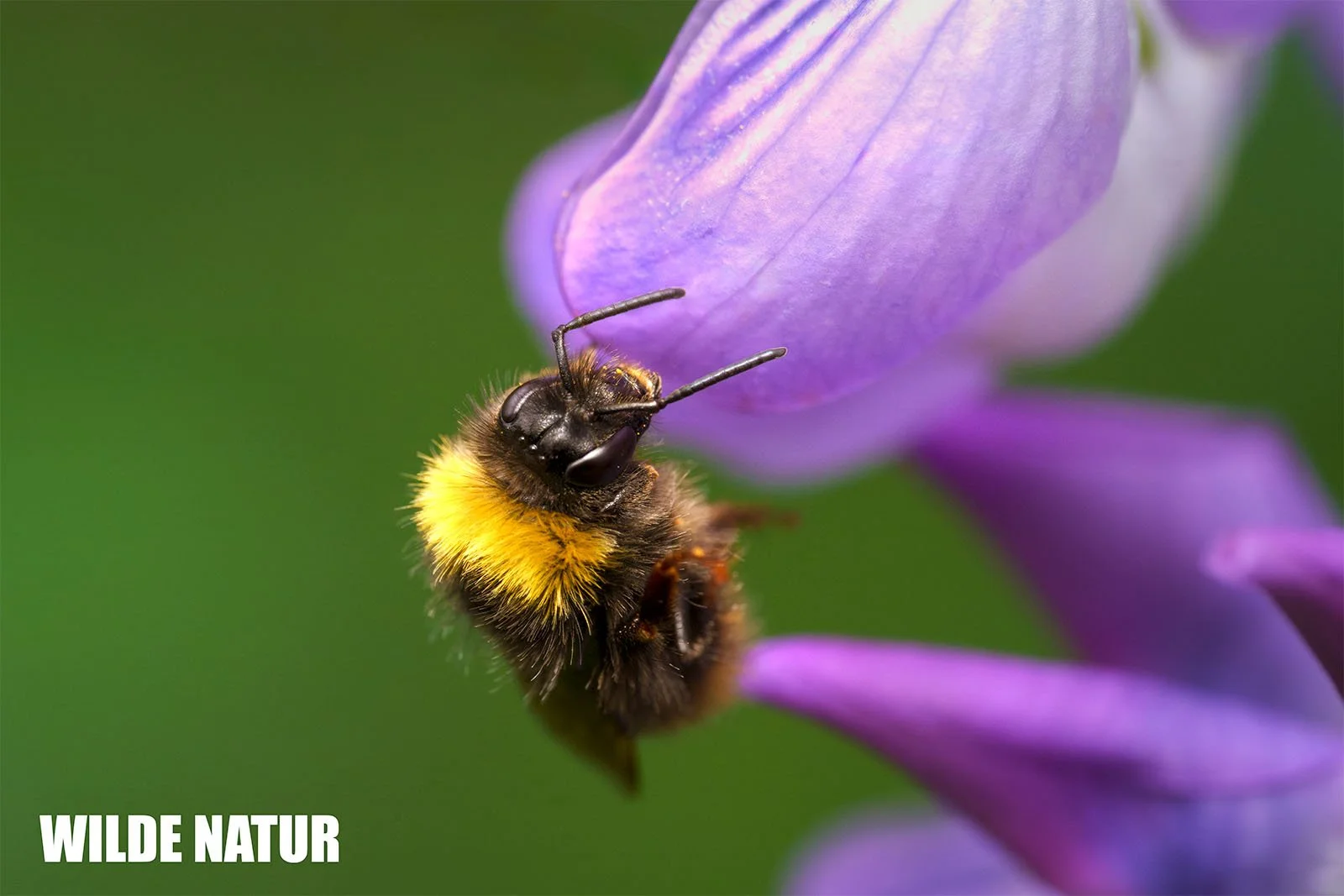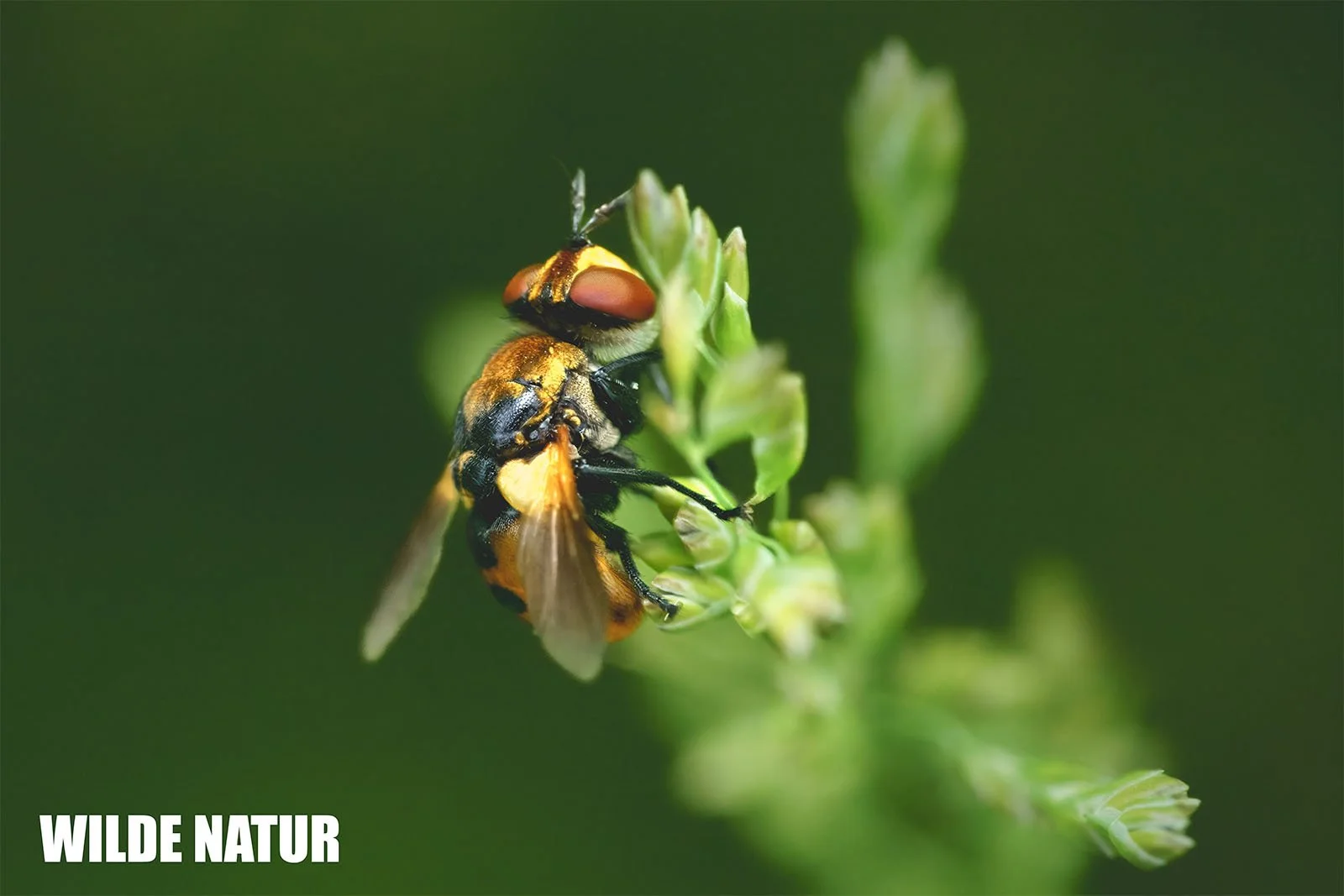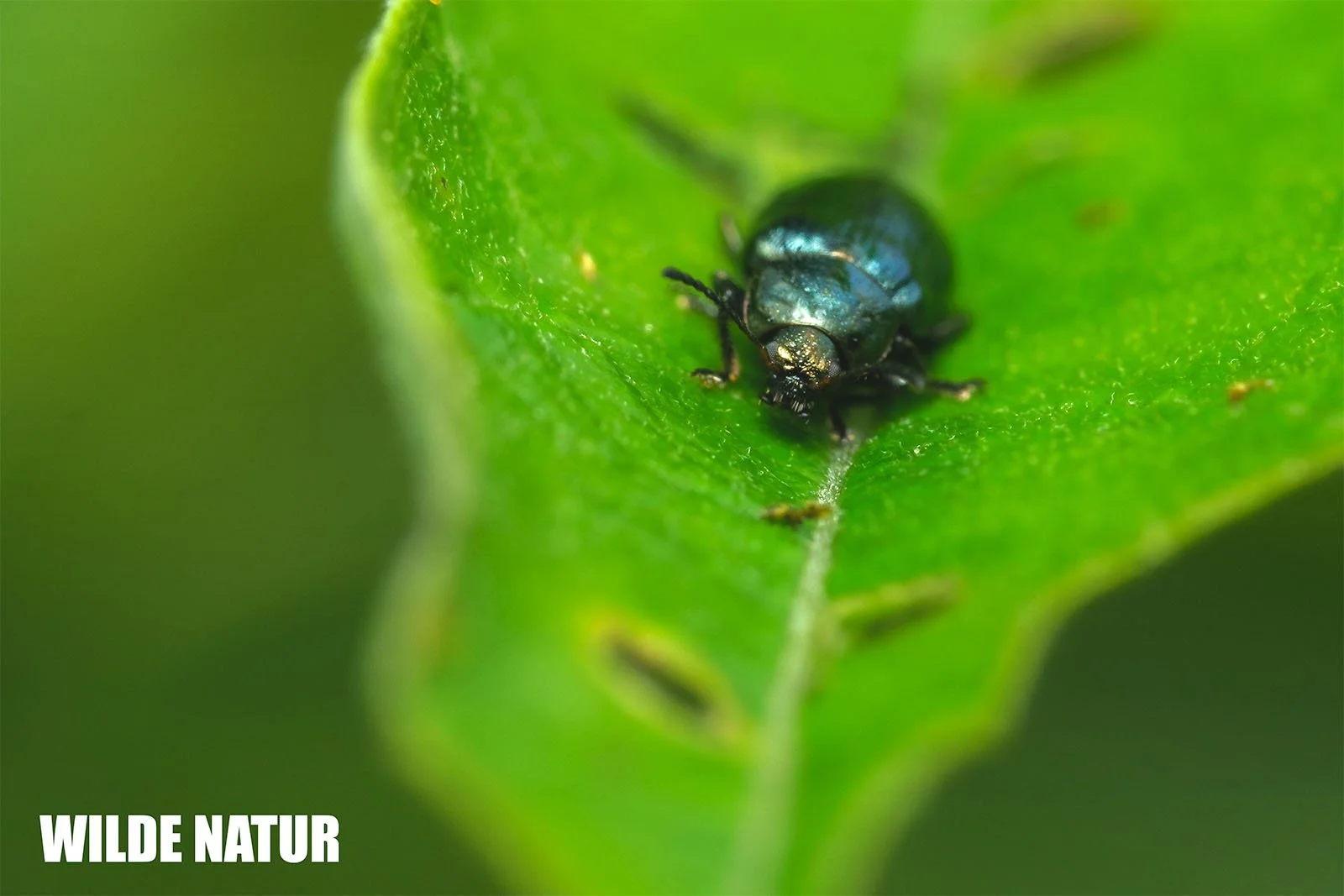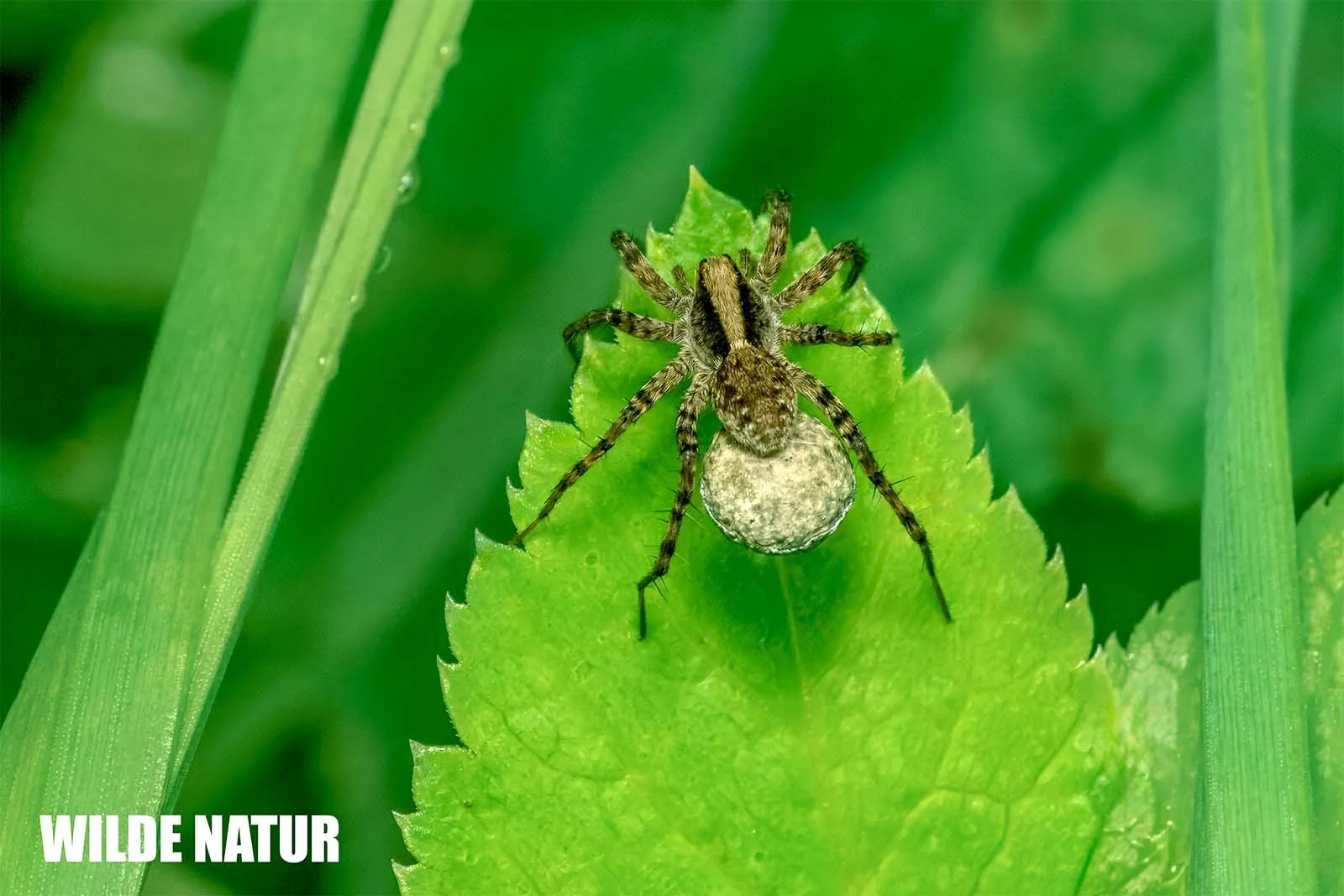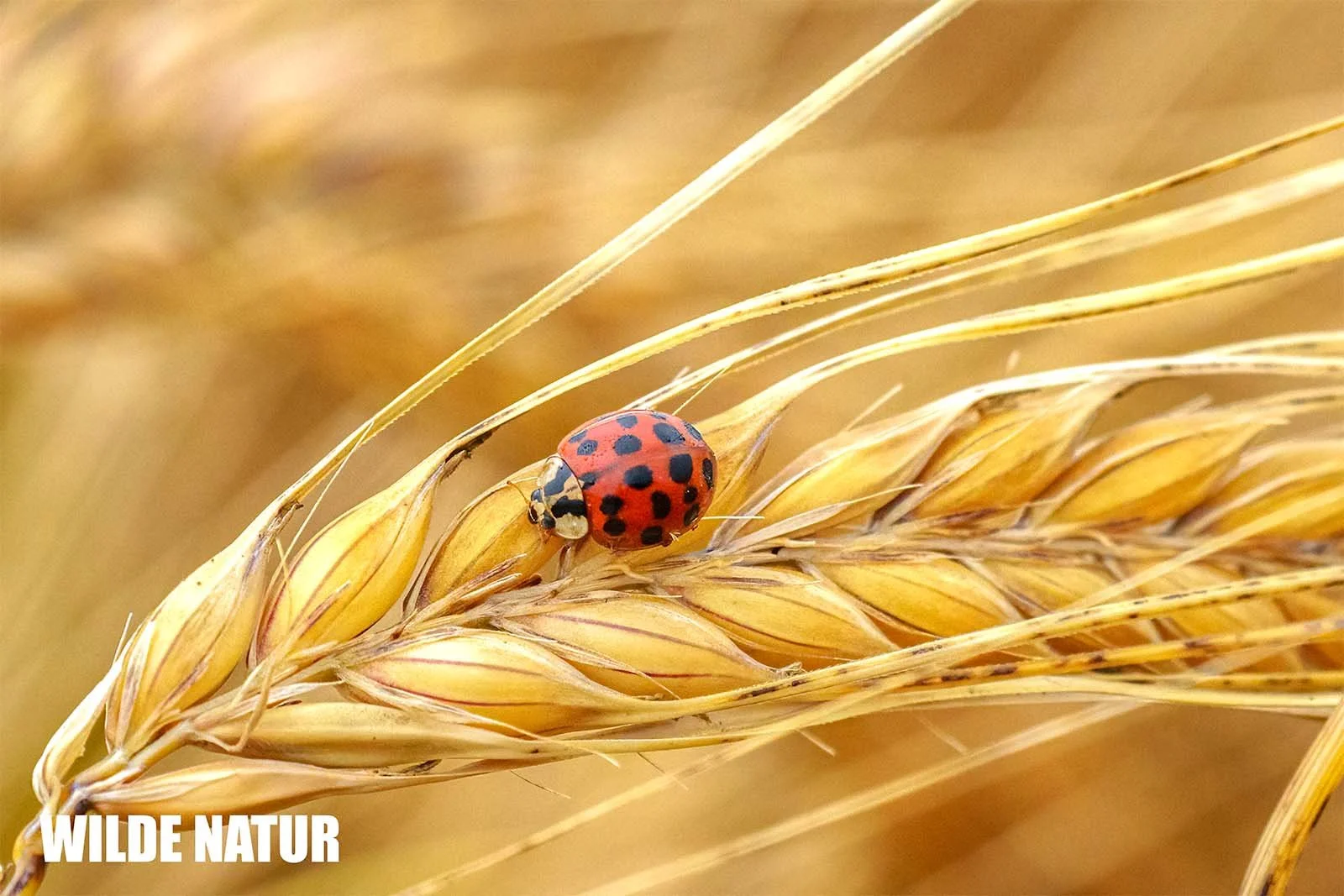Japanese Grasshopper (Patanga japonica)
Japanese Grasshopper (Patanga japonica)
Japanese Grasshopper: A Winter Survivor
The Japanese grasshopper (Patanga japonica) survives winter as an adult. Learn everything about its appearance, behavior, diet, and distribution.
Key Facts
Size: females 45–55 mm, males 35–45 mm
Diet: grasses, bamboo leaves, herbaceous plants
Behavior: solitary, non-swarming species
Overwintering: adults overwinter in leaf litter or soil, in reproductive diapause
Distribution: East Asia – Japan, Korea, China, Vietnam
Special traits: highly variable coloration, occasionally active in winter
Scientific name: Patanga japonica
Common name: Japanese grasshopper
Japanese name: ツチイナゴ (Tsuchiinago)
Family: Short-horned grasshoppers (Acrididae)
Body length: females 45–55 mm, males 35–45 mm
Diet: plant-based – grasses, bamboo, herbaceous plants
Behavior: solitary or in small groups, no swarm formation
Distinctive feature: overwinters as an adult; highly variable in color
Table of Contents
- Introduction
- Appearance
- Characteristics
- Diet
- Reproduction and Life Cycle
- Seasonal Behavior
- Distribution and Range
- FAQ
- Conclusion
Introduction
In Japan, it is known as Tsuchiinago (ツチイナゴ) – a grasshopper that survives even through winter. While most insects die or remain dormant as eggs or larvae underground, the Japanese grasshopper endures the cold as a fully grown adult. Its adaptability, wide range of coloration, and unique behavior make it one of the most remarkable grasshoppers in East Asia.
Appearance
Patanga japonica is a medium to large-sized grasshopper.
- Body: compact and robust, with strong hind legs adapted for long jumps.
- Coloration: highly variable – usually greenish to olive, but brownish, yellowish, or reddish individuals also occur.
- Wings: long and well developed, extending beyond the abdomen when at rest, with prominent veining.
- Head: large compound eyes and short, thread-like antennae.
Nymphs (juveniles) are typically uniform green or pale-colored. Later, especially in autumn, they develop deeper shades ranging from yellow to dark brown. This variation is closely tied to temperature, light, and background color.
Characteristics
- Body length: females 45–55 mm, males 35–45 mm
- Wings: fully developed, extending beyond the abdomen
- Movement: powerful jumpers and capable fliers
- Lifestyle: does not form swarms, lives alone or in small groups
- Overwintering: adults in reproductive diapause, hidden in leaf litter or soil
- Color variation: influenced by environmental conditions
This adaptability allows the species to thrive in different regions and across seasons.
Diet
The Japanese grasshopper is a herbivore.
- Prefers grasses (Poaceae) and bamboo leaves.
- Also feeds on various herbaceous plants.
- Depending on its habitat, it consumes both young shoots and mature leaves.
Its diet composition changes with the season and available vegetation.
Reproduction and Life Cycle
Females lay their eggs in the soil, usually in open, sunny areas with loose substrate.
- Eggs: deposited in small clusters just below the surface.
- Hatching: nymphs emerge in summer (typically July to August).
- Development: several molts lead to adulthood within a few months.
- Overwintering: adults survive winter in a state of dormancy (reproductive diapause).
- Spring: as temperatures rise, the diapause ends, and mating begins.
This life cycle is unusual among grasshoppers – most other species survive winter only as eggs or larvae.
Seasonal Behavior
- Active from summer to autumn
- Overwinters as an adult: sheltered in leaf litter or soil to avoid frost
- Winter activity: occasionally active on mild days, otherwise dormant
- Color change in autumn: temperature and light trigger shifts from green to yellow, reddish, or brown tones
Such adaptation to seasonal change makes Patanga japonica a unique survivor among grasshoppers.
Distribution and Range
The Japanese grasshopper is native to East Asia.
- Countries: Japan, Korea, China, Vietnam
- Japanese name: ツチイナゴ (Tsuchiinago)
- Habitats: open areas, grasslands, fields, forest edges, and parks – anywhere with dense vegetation.
It favors loose soils for egg-laying and areas rich in plants for feeding.
FAQ
How large is the Japanese grasshopper?
Females reach 45–55 mm, males 35–45 mm.
What does it eat?
Grasses, bamboo leaves, and various herbaceous plants.
How does it survive the winter?
Adults hide in leaf litter or soil and enter a state of diapause.
Is it harmful to crops?
No, it does not form swarms and causes no significant agricultural damage.
Where is it found?
In East Asia – primarily Japan, Korea, China, and Vietnam.
Conclusion
The Japanese grasshopper is a prime example of adaptation. With its changing colors, ability to overwinter as an adult, and solitary lifestyle, it stands apart from many other grasshopper species. Common across Japan’s landscapes, it is a quiet but enduring symbol of how resilient and versatile insects can be.






